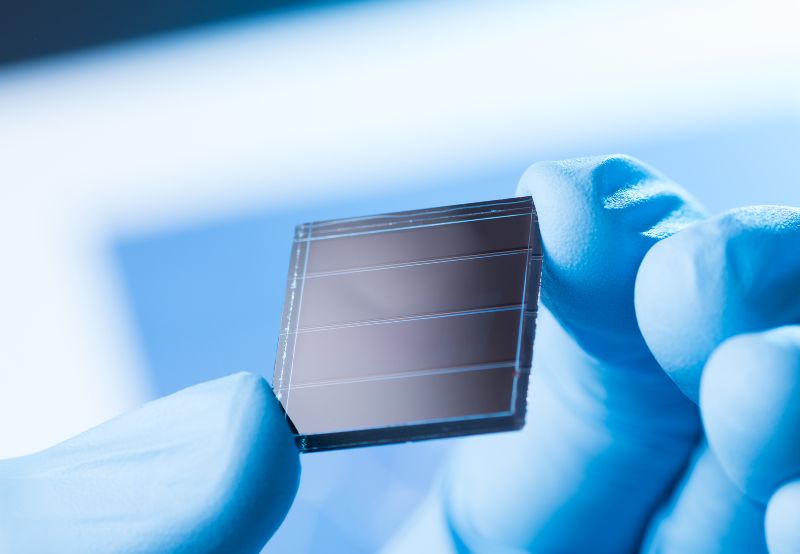In the ever-evolving world of solar energy, one of the most exciting advancements is the rise of quantum-dot solar cells (QDSCs). These futuristic-sounding devices aren’t just science fiction anymore — they’re already showing promise in laboratories and early-stage applications. But what exactly are quantum-dot solar cells, and how could they change your life? Let’s break it down.
In the ever-evolving world of solar energy, one of the most exciting advancements is the rise of quantum-dot solar cells (QDSCs). These futuristic-sounding devices aren’t just science fiction anymore — they’re already showing promise in laboratories and early-stage applications. But what exactly are quantum-dot solar cells, and how could they change your life? Let’s break it down.


Quantum-dot solar cells are a new generation of photovoltaic technology that use nanoscale semiconductor particles — called quantum dots — to absorb sunlight and convert it into electricity. Unlike traditional silicon-based solar cells, quantum dots can be tuned to absorb different wavelengths of light simply by changing their size or material. This makes them far more flexible, lightweight, and potentially cheaper to produce.
Quantum dots are tiny crystals (just a few nanometers in size) that have unique properties due to their small size. When exposed to sunlight, these dots get excited and release electrons, generating electricity.
What makes them special:
While the potential is huge, some challenges still remain:
Whether you’re a homeowner, business owner, or tech enthusiast, quantum-dot solar cells promise to bring:
Quantum-dot solar cells are still in the development stage, but rapid progress is being made. Major research labs and companies are investing in scaling the technology. Over the next decade, we could see:

Quantum-dot solar cells could be a game-changer in our transition to clean, affordable, and flexible solar power. As the technology matures, expect to see more creative applications — from energy-harvesting wallpapers to invisible solar panels on windows.